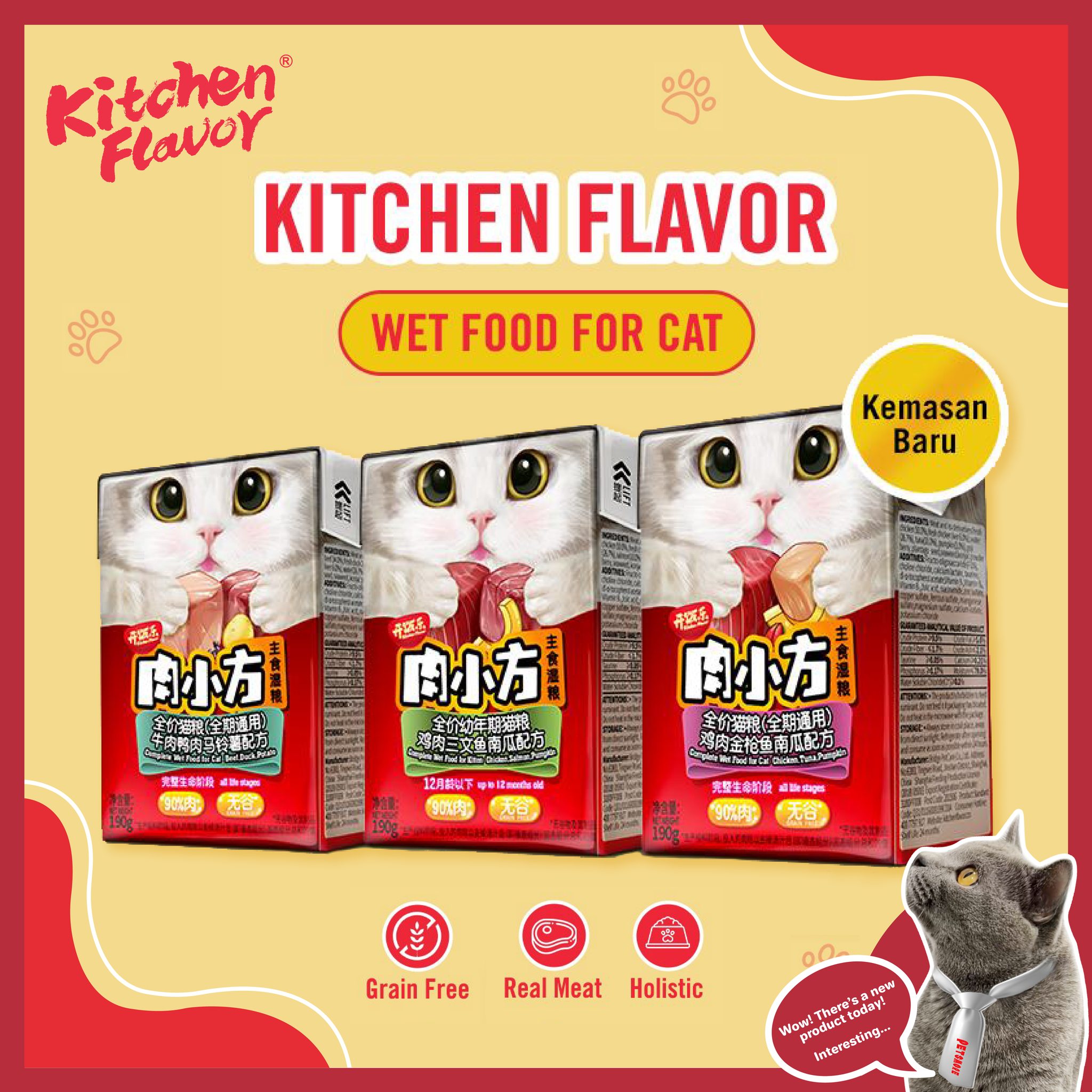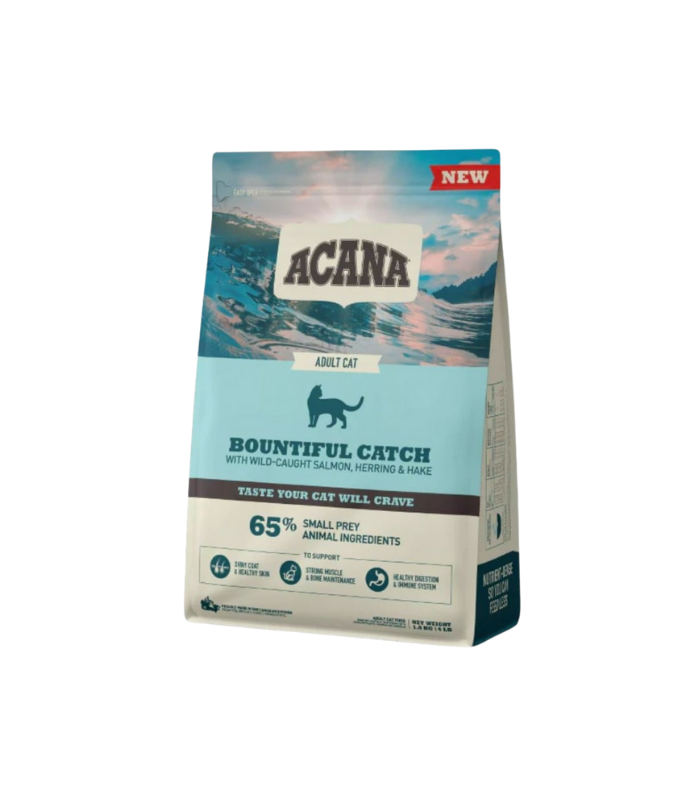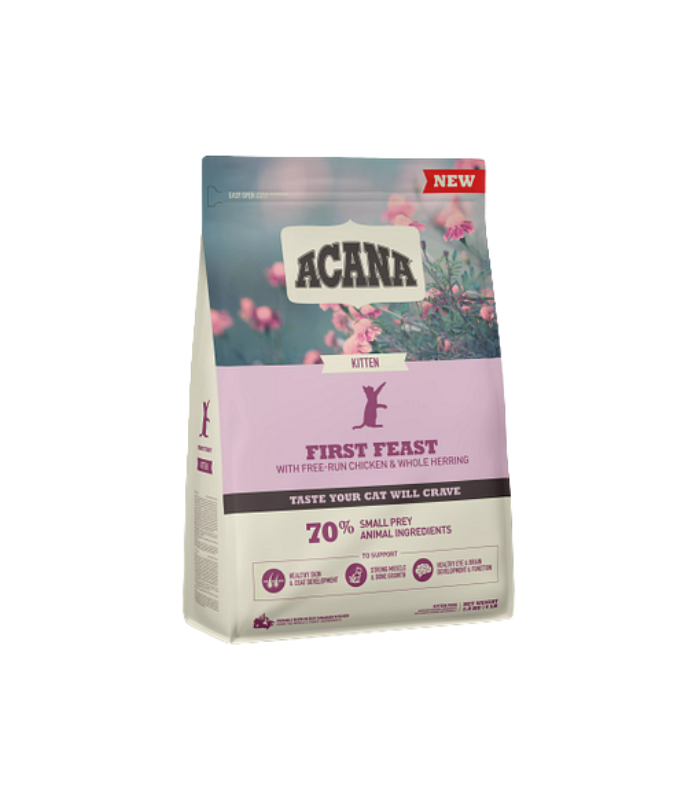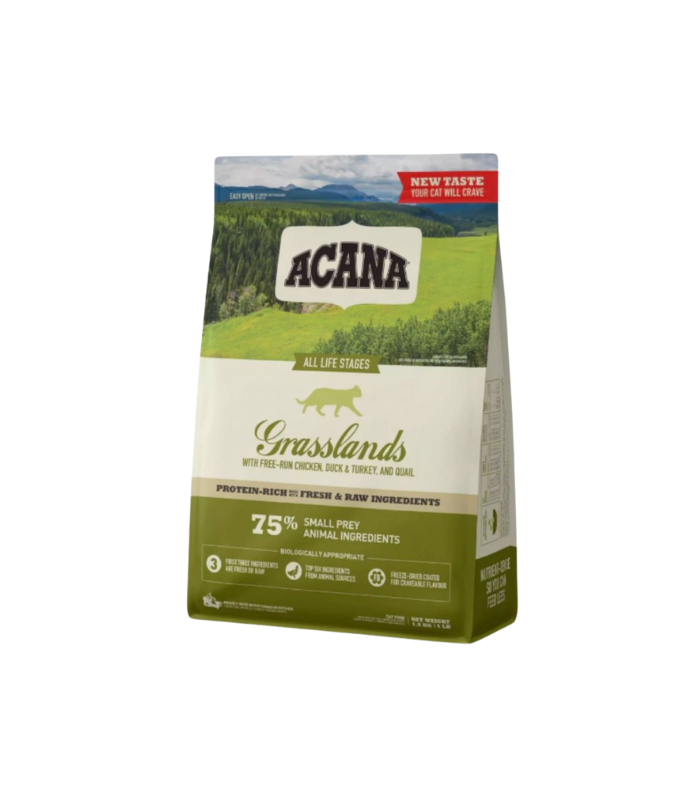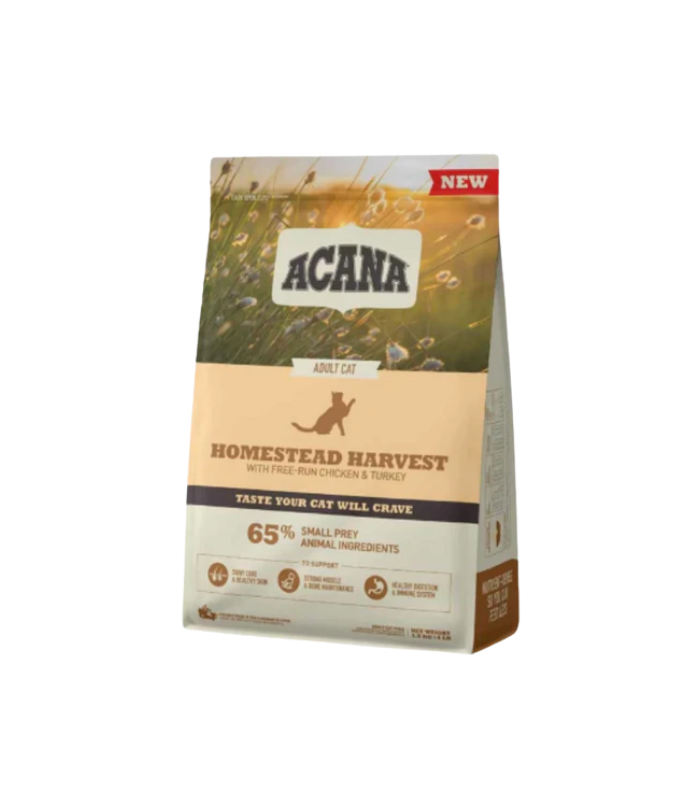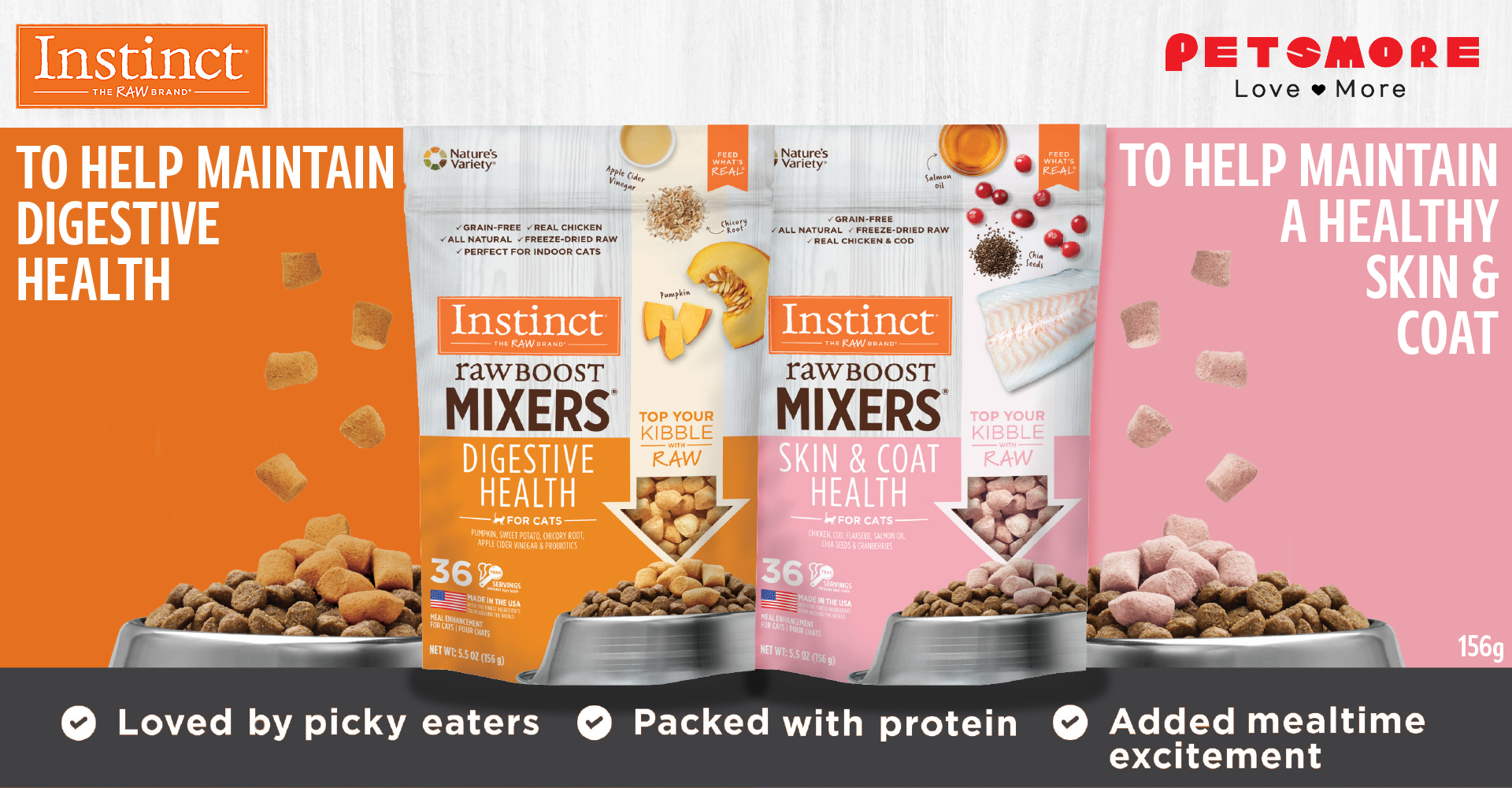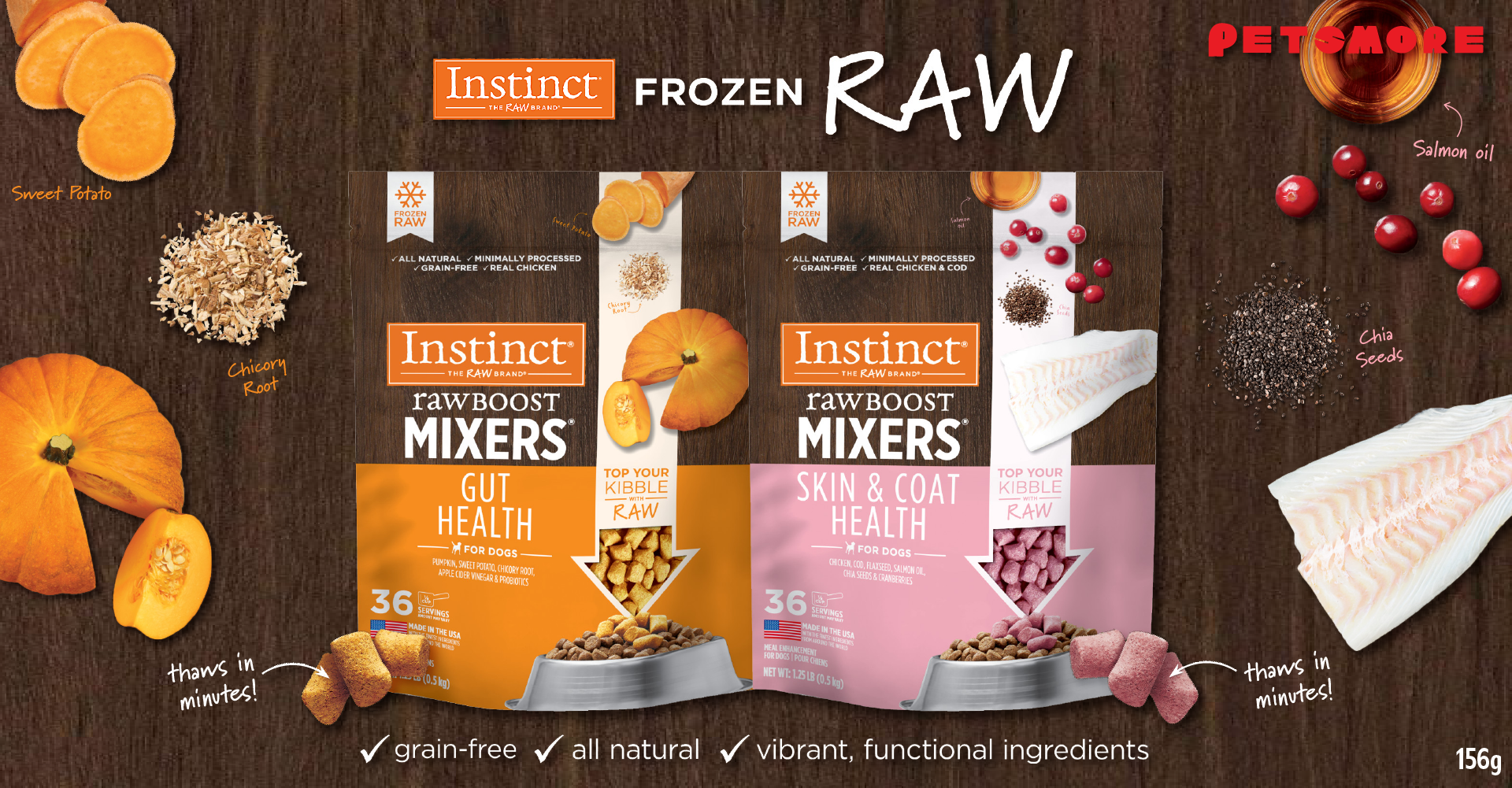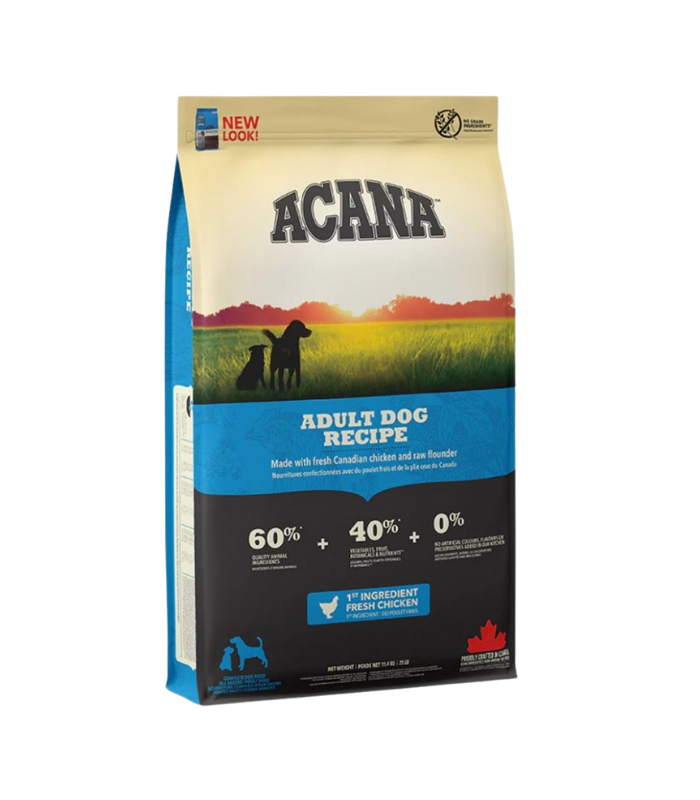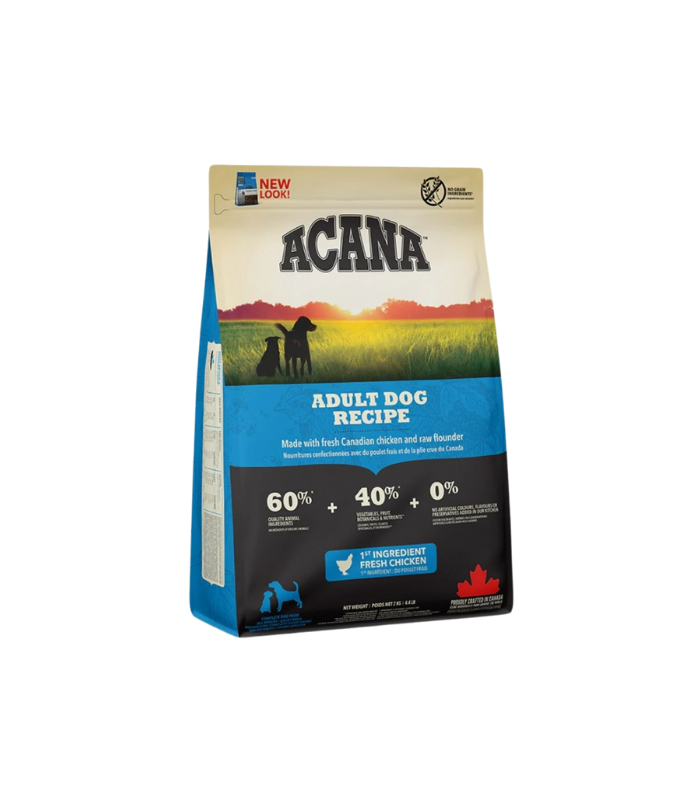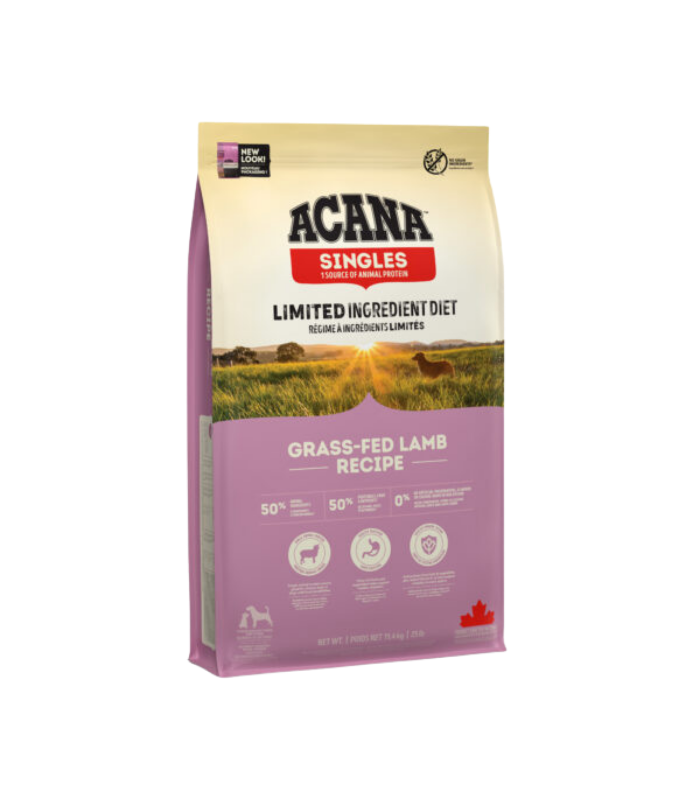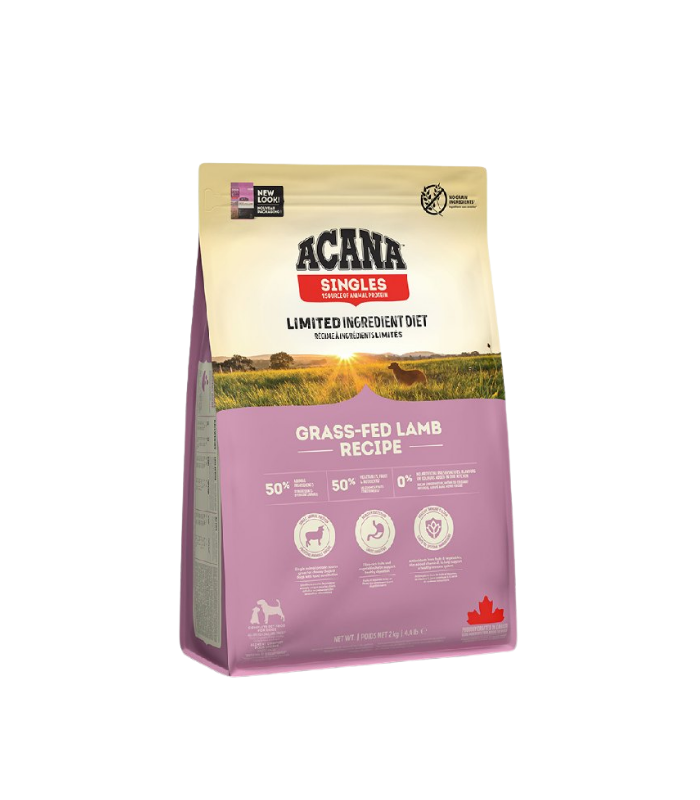Vaccine Basics for Furkids – What You Need to Know
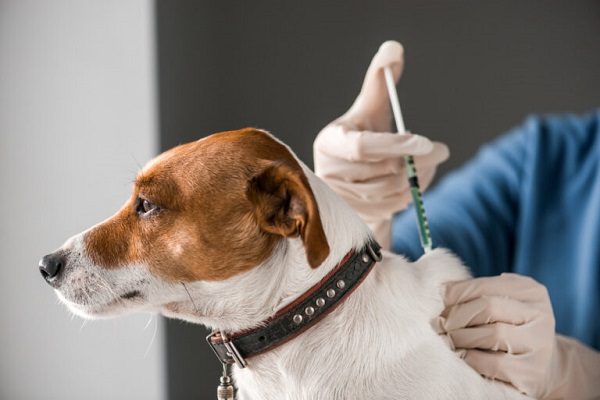
Hey pawrents! 👋 It’s your friendly neighborhood vet nurse Zoe again!
Let’s talk vaccines today. Whether you’ve just adopted a tiny furball or your pet is due for a booster, this quick guide will help you understand what vaccines are for, when to do them, and which ones are truly essential. No jargon – just straight talk from your vet nurse friend.
What Do Vaccines Actually Do?
Vaccines are like your furkid’s bodyguard training. They teach the immune system how to recognise and fight off bad bugs before your pet ever meets them in real life.
They’re one of the simplest and most powerful ways to protect your pet from diseases that can spread fast, cost a lot to treat, or worse — be fatal.
So, When Is the Right Time to Vaccinate?
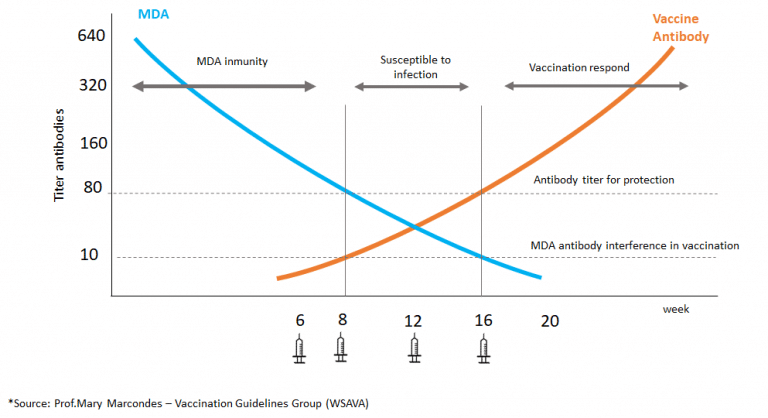
Newborn puppies and kittens get some protection from their mum through maternal-derived antibodies (MDA), which help defend them in their early weeks.
But here’s the trick:
- By 6–12 weeks of age, MDA starts to drop.
- This is the ideal window to start vaccination because their own immune system is ready to respond.
🤔 Why not earlier than 6 weeks?
Too much MDA in the system can block the vaccine from working, like someone turning off the alarm before it can ring.
😬 What if you wait https://govi-altai.cfga.gov.mn/ too long (after 12 weeks)?
Low MDA + no vaccine = “window of vulnerability” where your furkid is exposed without any protection.
That’s why vets recommend starting at 6–8 weeks, and giving boosters at 12 and 16 weeks to build solid immunity.
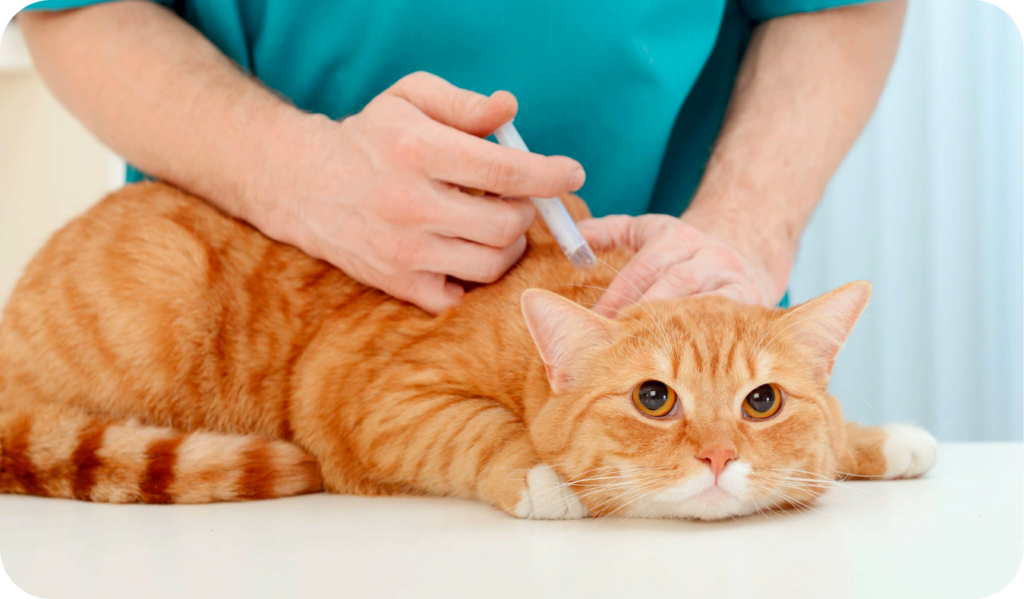
Core Vaccines – The Essentials Every Pet Needs!
Alright! You’ve learned when to vaccinate, and now you’re at the vet, ready to get started. But suddenly the vet asks,
“Would you like the 5-in-1? Or 6-in-1? Or maybe the 9-in-1?”
Wait… what do all these numbers even https://srisabaripackersandmovers.com/contact-us/ mean? Don’t worry — you’re not alone. It can sound like a fast food menu, but it’s actually just a shortcut for how many diseases the vaccine protects against in one jab.
Let me break it down for you
🐶 For Dogs:
🛡️ DAPP – The classic “core” combo, often called the 4-in-1:
- Distemper (CDV)
- Adenovirus (CAV)
- Parvovirus (CPV)
- Parainfluenza
This covers the most dangerous and contagious viruses for dogs. These are non-negotiable for all pups, whether they’re indoor snugglers or outdoor adventurers.
🐾 Rabies – Optional, but strongly recommended in Malaysia
- While not legally required in all areas of Malaysia, it’s still highly encouraged
- Rabies is zoonotic (meaning humans can catch it)
- Once symptoms show, rabies is fatal — so prevention is key
- If you travel or board your dog, this may become a requirement
You’ll usually get this as a separate shot from the DAPP combo.
🐱 For Cats:
🛡️ HPCC – Often called the “4-in-1” or “core vaccine” for cats:
- Herpesvirus (FHV-1)
- Calicivirus (FVC)
- Panleukopenia/ Parvovirus (FPV)
These viruses can cause serious respiratory, gut, or even fatal https://orange-county-roofing.com/testimonial/jackin-martinez/ infections. Even indoor cats are at risk, so this is a must!
Non-Core Vaccines – Based on Risk
These are optional but highly recommended in certain situations. Your vet will assess your pet’s environment and lifestyle to decide.
🐶 Dogs:
- Leptospirosis: Waterborne, especially after floods or exposure to rats. Very common in Malaysia.
- Kennel Cough: For pets that board, groom, or mingle with others
- Canine Influenza & Coronavirus: Risk-based
🐱 Cats:
- FeLV (Leukemia): For outdoor or multi-cat households
- FIV (Cat AIDS): Depends on exposure risk
What Vaccine Names Mean (Malaysian Version)
At your local vet, you might hear names like “4-in-1” or “9-in-1”. Don’t panic — here’s a cheat sheet:
🐶 Dogs:
- 9-in-1 = DAPP + Lepto
- 10-in-1 = DAPP + Lepto + Coronavirus
- Rabies = Always separate
🐱 Cats:
- 4-in-1 = HPCC
- FeLV & Rabies = Separate injections
Vaccines may come as powder + sterile liquid or ready-to-use liquid vials. They’re usually given under the skin (subcutaneously) — most pets barely notice!
👩⚕️ Zoe’s Takeaway
✔️ Core = Must-do.
✔️ Non-core = Talk to your vet.
✔️ Timing matters! Start from 6–8 weeks old, finished by 16 weeks for puppies and kittens.
✔️ Boosters = Still important even when they’re adults. Can always discuss with your primary vet.
📌 Stay tuned for Article 2: “Can Pets Be Over-Vaccinated?” – we’ll unpack common myths and what the latest guidelines say.
Disclaimer:
I am not a veterinarian or certified pet nutritionist. The information shared in this article is based on general pet care knowledge and current guidelines, and is intended for healthy, adult cats and dogs only.
For pets with medical conditions, special dietary needs, or if you’re unsure what’s best, please consult your veterinarian or a qualified pet nutritionist before making changes to their diet, supplements, or feeding routine.

About Vet Nurse Zoe
Zoe is a dedicated veterinary nurse who has been practicing in a veterinary clinic since 2022. She is committed to providing high-quality care for animals while continuously expanding her knowledge to better serve pets and their owners.
In collaboration with Petsmore, she aims to provide reliable and practical information to help pet owners make informed decisions about their pets’ well-being. Learn more about Zoe by checking her bio or following her on Instagram at @vetnursezoe!
